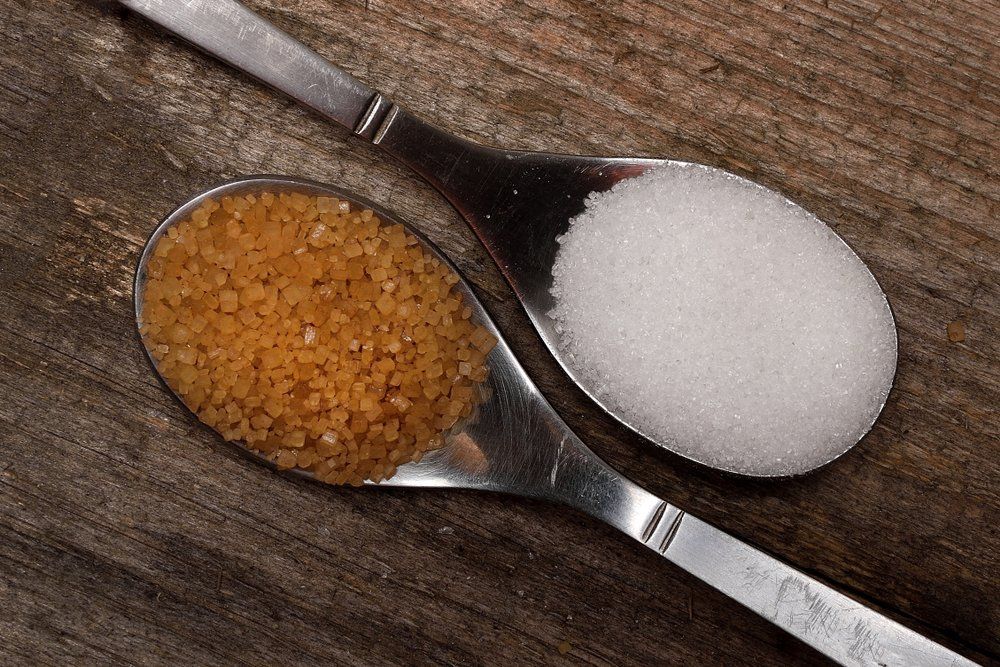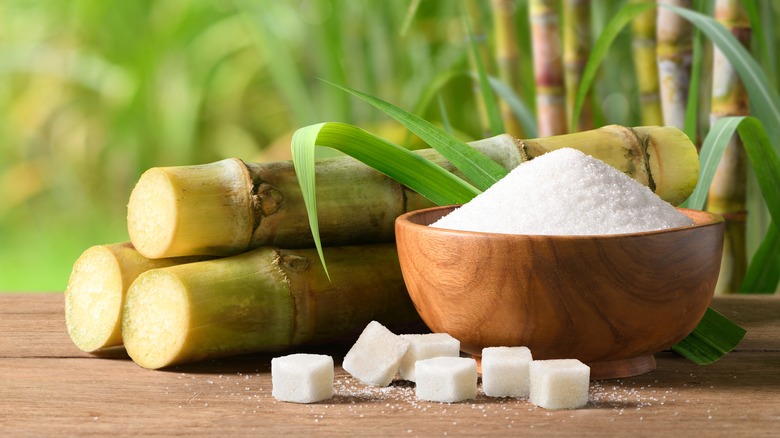Discovering the Differences being used and Benefits In Between Beet Sugar Vs Cane Sugar
In the culinary globe, the option between beet sugar and cane sugar is not simply regarding sweetness however involves a nuanced consideration of flavor, application, and impact. While both sugars stem from different plants, each undertakes unique manufacturing procedures that subtly affect their characteristics and suitability for different meals.
Beginnings and Production Processes of Beet and Cane Sugar

Cane sugar, on the other hand, comes from the sugarcane plant, a tropical grass native to Southeast Asia however currently grown in tropical areas worldwide - beet sugar vs cane sugar. The manufacturing of cane sugar starts with the harvesting of cane stalks, which are squashed to release the juice.

Nutritional Material and Health Considerations

When contrasting the dietary content of beet sugar and cane sugar, it ends up being evident that both kinds basically offer the exact same caloric values, with around 16 calories per tsp and no substantial nutrient diversity. Both sugars, when eaten in excess, can contribute to elevated blood sugar degrees, a danger variable for diabetes and various other metabolic problems. From a health and wellness point of view, moderating consumption of any type of sugar, whether from beet or cane, is suggested to avoid these possible adverse results on wellness.
Taste Accounts and Culinary Applications
In spite of their comparable chemical structures, beet sugar and cane sugar vary discreetly in taste, which can influence their use in various culinary contexts. Walking stick sugar usually brings a hint of molasses, also in its polished kind, providing a cozy, caramel-like touch that improves baked products, coffee, and chocolate-based recipes. This mild molasses flavor is especially valued in the cooking industry for including depth to sweets and pastries. On the other hand, beet sugar is defined by its highly refined, neutral taste, making it a flexible sugar that does not modify the taste accounts of meals. This neutrality is link specifically valuable in fragile dishes, such as light pastries, lotions, and some sauces, where the intrinsic tastes of other active ingredients are intended to attract attention. Consequently, cooks and food producers may pick one type of sugar over the various other based upon the desired taste end result of their culinary productions.
Environmental Influence and Sustainability
While both beet and cane sugars are stemmed from plants, their ecological influences differ substantially because of the distinctive methods of farming and handling needed for every. Sugar beet growing frequently entails comprehensive automation, which can enhance fossil gas intake and carbon discharges. Nevertheless, beets can be grown in cooler environments and call for much less irrigation, possibly decreasing water use compared to sugarcane. Sugarcane, on the various other hand, is usually grown in exotic areas where it counts greatly on watering and a much longer growing period, enhancing its water impact.
Additionally, the processing of sugarcane commonly generates a substantial quantity of waste, consisting of bagasse, which, although useful as biofuel, often contributes to air pollution if melted inefficiently. Sugar beet handling uses more of the raw materials, causing less waste. Both markets encounter difficulties in minimizing their environmental footprints, but ongoing innovations in farming methods and waste management are aiming to improve sustainability.
Economic Variables Influencing the Sugar Sector
The financial characteristics of the sugar sector are considerably affected by global market demands and profession policies. In regions where sugarcane or sugar beet production is subsidized, manufacturers might have a financial benefit that allows them to provide lower costs on the worldwide market.
In addition, changes in worldwide need for sugar, affected by dietary fads and industrial usage in food, directly influence prices and manufacturing degrees. beet sugar vs cane sugar. Climate condition also play a critical duty, as they can pop over to this site substantially impact plant returns and, consequently, the supply chain. This variability my latest blog post presents a level of economic unpredictability that can lead to financial investment volatility in sugar production industries, influencing choices from growing to market method
Conclusion
Finally, both beet and cane sugar have unique high qualities that match various culinary requirements. While cane sugar imparts a rich flavor perfect for boosting baked goods, beet sugar's neutrality is ideal for lighter meals. Nutritional resemblances notwithstanding, their unique manufacturing processes and environmental impacts add intricacy to the selection in between them. Thus, comprehending these differences assists cooks and consumers make educated choices that align with their health and wellness, culinary, and moral preferences.